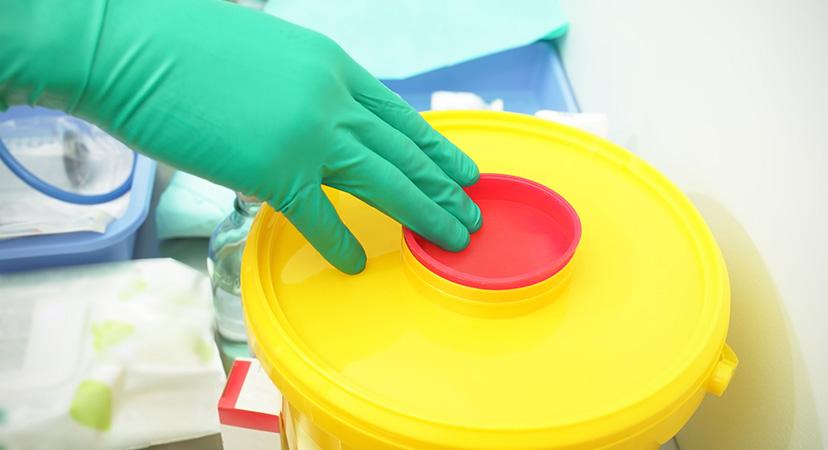Menstruation wastes are wastes produced by females throughout their reproductive years. These wastes are generated during menstruation, also known as menstruation, periods, or the monthly bleeding cycle. You must manage and dispose of any sanitary waste in a safe manner. Sanitary waste eliminación de residuos sanitarios should not be flushed into the toilet. The menstrual cycle is divided into three phases: the follicular phase progressive, the ovulation phase, and the luteal phase secretory. Hormones control menstruation; throughout this process, the endometrium, or uterine lining, progressively thickens and sheds, resulting in bleeding that lasts 3–5 days on average and up to 7 days on rare occasions. Two-thirds of the endometrial lining is lost during menstruation. Menstrual fluid comprises mucus and vaginal secretions in addition to hemoglobin.

Menstrual Restrictions and Cultural Beliefs
Cultural conventions, familial influence, personal preferences, economic position, and societal pressures all have an impact on menstrual hygiene habits. Menstrual beliefs are myths and attitudes concerning menstruation that exist within a certain culture or religion. Menstrual hygiene management is intertwined with menstrual beliefs, knowledge, and behaviors. Cooking, labour activities, sexual intercourse, bathing, praying, and eating particular foods are all restricted for many women. Bathing was prohibited in some areas of the nation, and the burial of bleeding menstruation eliminación de residuos sanitarios linen was frowned upon. Cloths should be cleaned before being buried or reused. Washing and drying were considered to be done quietly or in a concealed location so that others would not see.Sanitary waste contains the following items:
- Sanitary napkins
- Contraceptives
- Incontinence pads
- Condoms
Absorbents Used Throughout Menstruation
Personal taste, cultural acceptance, socioeconomic background, and unavailability in the food store all influence sanitary protection material selection. Along with basic sanitary facilities, menstrual absorbents and soap should be given to manage period hygiene. The absorbents preferred by rural and urban women and girls differ. Reusable cloth pads are the most popular absorbents in rural regions, whereas commercial sanitary pads are chosen by women in metropolitan areas. Manufacturers employ chlorine-bleached Kraft or sulphate pulp to generate fluff pulp, which is used to make disposable sanitary goods. Many lightly scented and non-deodorized sanitary products composed of synthetic fibre rayon are now available on the market. These deodorants include compounds such as organ chlorine.
Sanitary waste is disposed of in specific containers known as “trash cans.” The whole process is mechanised in major public sewers and wastewater treatment facilities to guarantee that all garbage is rapidly collected and appropriately disposed of. Depending on the size of the facility, most of these facilities include tiered containers that may handle one or more tonnes of garbage. A standard waste container has a capacity of sixteen to twenty-four gallons and can carry around five gallons of excrement.Sanitary containers come in a variety of sizes and forms, depending on their intended function. They have the capacity to hold a cubic yard, a gallon, a cubic meter, or a shitload. Their dimensions differ because they are also modified based on the waste content.














